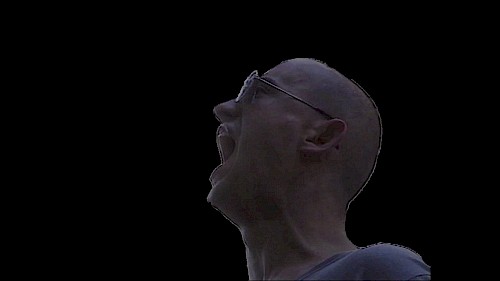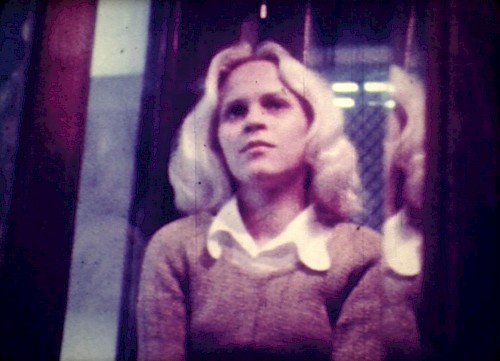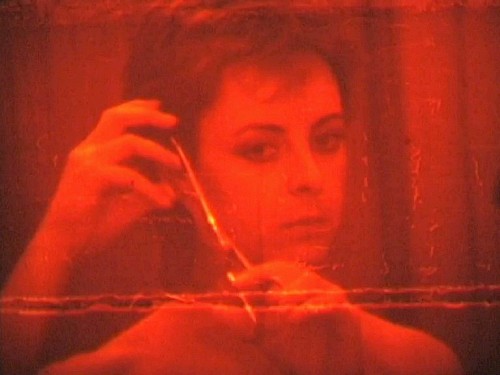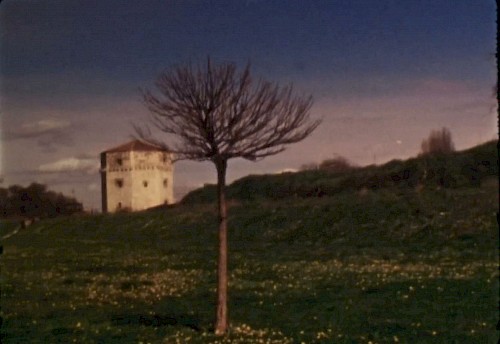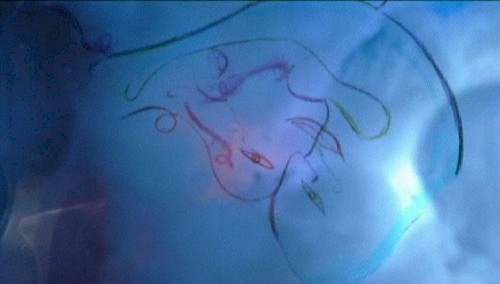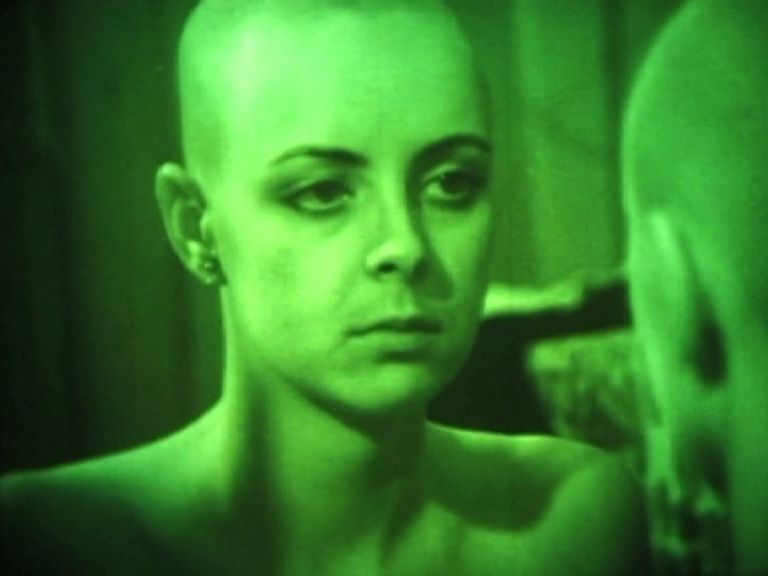The next moment, Alice had broken through the glass and jumped nimbly into the Mirror Room. The very first thought that occurred to her was to see if there was a fire in the fireplace, and she was delighted to find that there was a real fire there, and just as hot as the one she had left in the other room. So I shall be as warm here as I am there,” thought Alice, “and more so, for there will be no one to chide me if I go near the flame. Oh, how funny it will be when they see me in the mirror and can’t come and get me!
(Lewis Carroll, Through the Looking Glass)
One of the most important film clubs in the former Yugoslavia was the Academic Kino Club, founded in 1958, which became the Academic Film Center (AFC) in 1976. The AFC has left its mark on the culture of experimental cinema in Yugoslavia and Serbia through the work of the artists associated with it. The term “artists” in the club’s publications and historical notes has always referred to male authors. Although each generation of the AFC has had female comrades as members of the club, female AFC authors have remained unheard and unseen until recently. This program features only a few of the women authors who have worked and produced within the AFC since the 1960s. In the Kino Club notes, there is nothing more than data about the films. Aside from the fact that these films were made by women, it would be difficult to associate feminist tendencies or strategy with the AFC’s female authors.
Nevertheless, just as Alice slips through the looking glass and realizes that nothing is as it seems, many of the mirrors in the films of the AFC women reveal motifs, themes, and artistic treatments that may have been unconsciously repeated and passed down through the generations, weaving together an alternative world. The films made by the first female authors bear witness to significant aesthetics and a strong inscription in genre cinema that are the characteristics of an era and the artistic trends of the ideological and materialist context mentioned above. Here, women’s experience is communicated directly or indirectly, like Laura Mulvey’s call for a new feminist avant-garde cinema that would interrupt the narrative pleasure of classical cinema where women’s figures on screen are only objects of male desire and gaze. The body as an artistic medium in the films of the AFC’s female authors does not represent a visual pleasure but an ideological trace. From the structural treatment that animates the image of a sedentary woman in Bojana Vujanović’s A Journey (the same treatment will be repeated forty years later in Marija Kovačina’s Dogs, Moon river and Baudelaire ), to Personal Discipline (directed by Miroslav-Bata Petrović & Julijana Terek) with the subversive action of a woman shaving her head and displaying it in the streets; to the collective moving body in Salise Hughes’ Yugoslavian Home Movies , a cinematic body that represents a historical body in action. Even shrunken to the state of dolls( Smilja Tadić’sOlimp ), advertising images( Nina Kreuzinge’sWechselstrom ), even abstract( Jelena Bešir’sMirror ) or erased( Nadin Poulain’sSky Lines ), they tell stories about time and space. Space, as a significant interpretive paradigm of feminist aesthetics, is never private and each film of the AFC authors shows the complex interaction between space and gender. In their journey, all bodies move transgressing the boundaries between private and public, inside and outside, making the realm of cinema a fundamental space in which women’s experience can be expressed. Nevertheless, this is only expressed through alternative cinematic means, while the bodies of the female AFC authors remain too silent and only whisper from time to time.
—
Isidora Ilić (Doplgenger)
